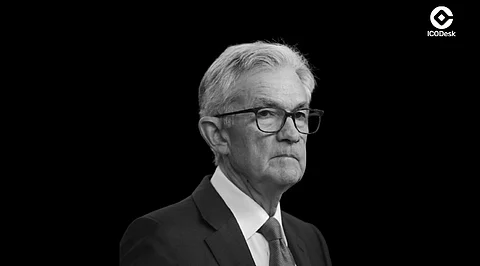

In a bid to offer some respite to borrowers amidst soaring inflation, the Federal Reserve is expected to announce its third consecutive interest rate cut on December 18, 2024. However, the outlook for future rate cuts is becoming increasingly cautious, as indications suggest that the pace of rate reductions may slow down in 2025.
In September 2024, the Federal Reserve cut its benchmark interest rate by 50 basis points, marking the first reduction in four years. In November, it further lowered the rate by 25 basis points, bringing the target range from 4.5% to 4.75%. It is anticipated that additional cuts could reduce this rate to around 4.3%, significantly below the peak of approximately 5.25% reached in July 2023.
Despite these reductions, inflation remains a significant concern. The Consumer Price Index (CPI) increased by 2.7% in November, surpassing the Fed's long-term target of 2%. As a result of ongoing inflation, economists believe the Fed may not be aggressive with further rate cuts. Instead, they expect the Fed to make rate cuts quarterly in 2025 rather than implementing cuts more frequently.
The Federal Reserve has been actively combating inflation since March 2022, initially raising interest rates to cool down an economy that was experiencing rapid spending. Inflation peaked at 9.1% in mid-2022 but has since begun to decline, although levels remain unacceptably high. Fed Chair Jerome Powell stated that further rate cuts will not occur unless there is a clearer trend indicating that inflation is moving toward acceptable levels.
Recent statements from the Fed illustrate the delicate balance between stimulating economic growth and controlling inflation. If the labor market begins to slow down, there may be a need for cuts; however, the ongoing threat of persistent inflation leads policymakers to exercise caution. The Fed's strategy seems to oscillate between aggressive cuts aimed at promoting growth and a more cautious approach that weighs the risks of inflation against the stability of the economy.
Going forward, economists have mixed predictions regarding potential interest rate cuts expected in 2025. Some analysts anticipate a decrease in rates at the December meeting, while others believe that any further cuts will be infrequent and dependent on new economic data.
According to J.P. Morgan, additional cuts may occur only once each quarter after the anticipated decrease in December. The overall outlook appears bleak, largely due to certain economic policies proposed by President-elect Donald Trump, which could introduce inflationary pressures into the economy. This uncertainty complicates the Federal Reserve's ability to predict the future direction of interest rates.
These developments have significant implications not only for US borrowers but also for global markets. The slow pace of monetary easing may affect capital inflows into emerging markets such as India. Policymakers in these countries often set their interest rates based on decisions made by the US Federal Reserve. Consequently, if borrowing costs increase in the US, it could lead to reduced loan demand, ultimately lowering consumer spending and investment.
Despite these signals from the Fed, financial markets have reacted cautiously. The recent cut, which was initially well-received, has left the future uncertain, resulting in increased volatility in the stock market and fluctuations in bond yields. Investors are increasingly concerned about the potential risks associated with lower economic growth in the face of persistent inflation.
To sum up, while the Federal Reserve is set to deliver another rate cut on December 18, 2024, the pace of future reductions is likely to slow as the central bank navigates the delicate balance between promoting growth and controlling inflation. The far-reaching implications of policymakers' decisions underscore the complexity of central banking in today's economic landscape, where a subtle equilibrium between competing priorities must be maintained.